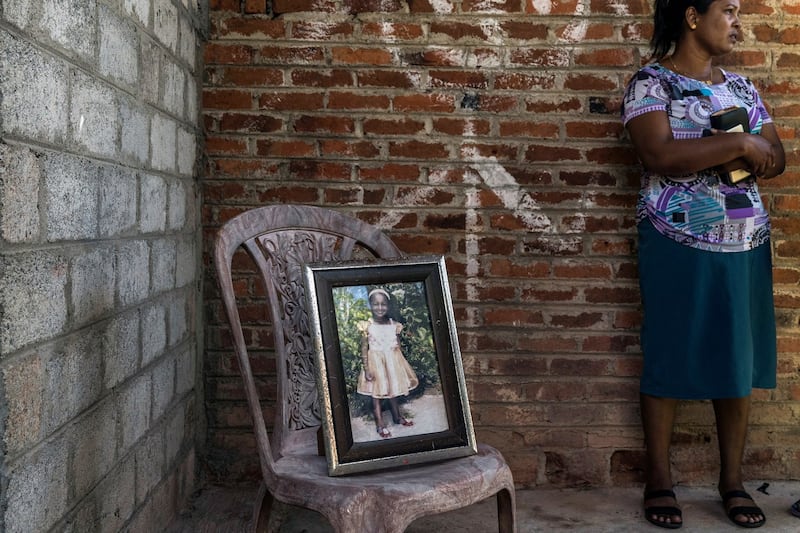Sri Lankans scoured hospitals and morgues for missing loved ones on Monday, a day after suicide bomb attacks on churches holding Easter services and luxury hotels killed 290 people and wounded about 500.
Outside the national hospital in Colombo, a woman named Rameshwary said she was searching for a 17-year-old friend who attended morning mass at St Anthony’s Shrine, one of three Catholic churches hit in the co-ordinated attack.
“We kept calling her after we heard of the incident, but there was no response,” she said, showing a photograph of the missing girl on her mobile phone.
Sri Lanka is predominately Buddhist but its 22 million people include Christians, Muslims and Hindus.
The military for decades battled ethnic minority Tamil separatists, most of them Hindu, but violence had largely ended since a government victory 10 years ago.
No group claimed responsibility for Sunday’s attacks.
Colombo, the seaside capital of the Indian Ocean island, was jittery on Monday, with rumours of more blasts spooking residents as police searched for the bombers. Another device exploded while a bomb squad tried to defuse it.
A curfew for a second night went into effect at 8pm.
Most of the 290 dead and 500 wounded were Sri Lankans although government officials said 32 foreigners were killed. Many of the dead have yet to be identified.
Catholic priests joined relatives and friends trying to put names to the dead at one mortuary.
A man said a friend was searching for his sister, Kiruba, who had gone to Sunday mass. They looked for her at the bombed church and a nearby hospital, but had found no trace.
“That’s why we came here,” the man told Reuters Television.

A message
Family members of one of three policeman killed said they grew worried when he did not answer his phone after the attacks.
“Then we got a police message saying he had died,” said Ranjith Wijesinghe, a relative of the officer.
Survivors described scenes of carnage at the churches where worshippers had gathered. Pictures showed bodies on the ground and blood-spattered pews and statues.
M M Mohomed, a Colombo shopkeeper, was searching for a missing employee amid the shattered and scorched pews and broken concrete of St Anthony’s.
“There is no information about her since she left the shop,” he said. “Her parents are at the emergency service searching for her. I went to the police morgue to see if she was there.”
Suicide bombers also targeted three hotels in Colombo at the same time, as guests gathered at buffet breakfasts.
Closed circuit video footage showed a man wearing a backpack enter the Taprobane restaurant at the Cinnamon Grand hotel and begin to eat, an employee told Reuters.
“He had a couple of servings. He came right to the centre of the restaurant and blew himself up,” said the employee who declined to be identified.
An employee of the Kingsbury Hotel said he was standing near the hotel’s Harbour Court restaurant when a blast shook the building.
“Guests who had come for breakfast were lying on the floor, blood all over,” he said.
“We just picked up everyone, dead or alive, and evacuated them.” – Rueters











